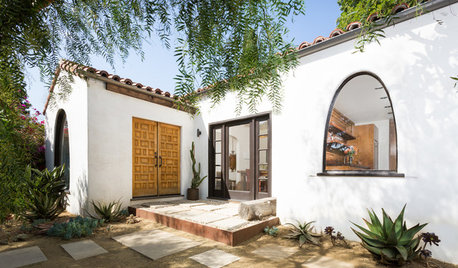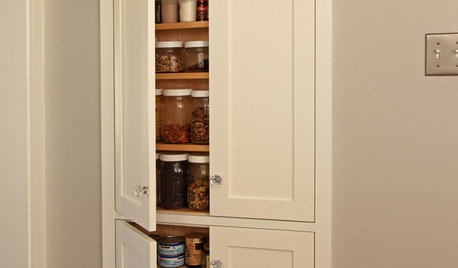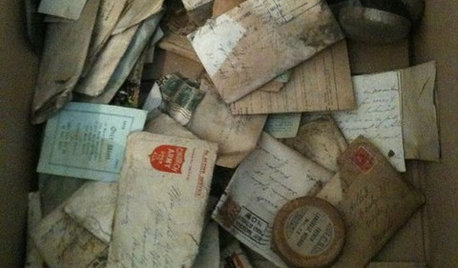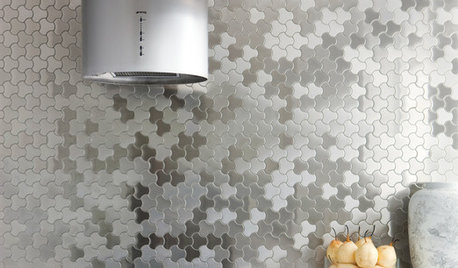mounting a shelf on lathe and plaster walls
budge1
18 years ago
Featured Answer
Comments (19)
ericwi
18 years agobudge1
18 years agoRelated Professionals
Haslett Kitchen & Bathroom Designers · Hershey Kitchen & Bathroom Designers · Portland Kitchen & Bathroom Designers · Sunrise Manor Kitchen & Bathroom Remodelers · Wood River Kitchen & Bathroom Remodelers · Bethel Park Kitchen & Bathroom Remodelers · Glen Carbon Kitchen & Bathroom Remodelers · Payson Kitchen & Bathroom Remodelers · South Barrington Kitchen & Bathroom Remodelers · Tulsa Kitchen & Bathroom Remodelers · Wilson Kitchen & Bathroom Remodelers · Middlesex Kitchen & Bathroom Remodelers · Four Corners Architects & Building Designers · Lansdale Architects & Building Designers · Universal City Architects & Building Designersbudge1
18 years agosombreuil_mongrel
18 years agoBreakerOff
18 years agosmatthew_gw
18 years agoCatherine Healy
8 years agosmatthew_gw
8 years agoCatherine Healy
8 years agoBruce in Northern Virginia
8 years agoCatherine Healy
8 years agorenovator8
8 years agoCatherine Healy
8 years agoVith
8 years agoStephen Parrino
8 years agoSombreuil
8 years agoRyan Smith
last yearCrystal Badger
last year
Related Stories

BEFORE AND AFTERSHouzz TV: See Recycled Walls and Cool Cassette Art in a Woodsy DIY Home
Walnut countertops join hardwood floors and pieces made from leftover framing in a bright Spanish colonial
Full Story
STORAGETap Into Stud Space for More Wall Storage
It’s recess time. Look to hidden wall space to build a nook that’s both practical and appealing to the eye
Full Story
MATERIALSRaw Materials Revealed: Drywall Basics
Learn about the different sizes and types of this construction material for walls, plus which kinds work best for which rooms
Full Story
DECORATING GUIDESQuick Fix: Find Wall Studs Without an Expensive Stud Finder
See how to find hidden wall studs with this ridiculously easy trick
Full Story
REMODELING GUIDESOne Guy Found a $175,000 Comic in His Wall. What Has Your Home Hidden?
Have you found a treasure, large or small, when remodeling your house? We want to see it!
Full Story
NEUTRAL COLORSHow to Bring Beige Walls to Life
Go for sprightly instead of snoozy by pairing beige walls with higher-octane hues
Full Story
DESIGN DETAILSDesign Workshop: The Modern Wall Base, 4 Ways
Do you really need baseboards? Contemporary design provides minimalist alternatives to the common intersection of floor and wall
Full Story
REMODELING GUIDESYou Won't Believe What These Homeowners Found in Their Walls
From the banal to the downright bizarre, these uncovered artifacts may get you wondering what may be hidden in your own home
Full Story
DECORATING GUIDESBling Where It’s Least Expected
Give your interior some sparkle and shine with metal tiles on a backsplash, shower or floor
Full Story
HOME TECHSave Your Decor — Hide Your Media Stuff
When you tuck boxes, wires and speakers into walls and ceilings, all you'll notice is your favorite shows or music
Full Story








brickeyee